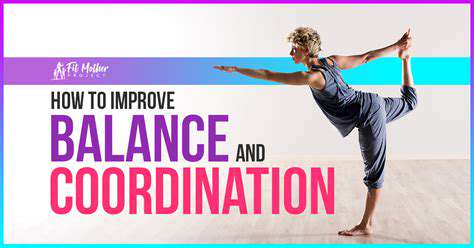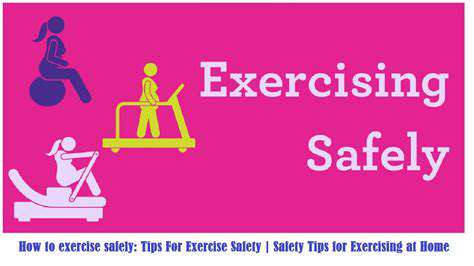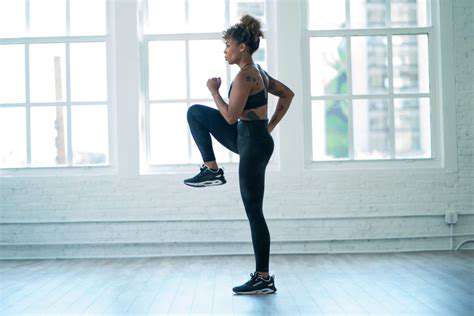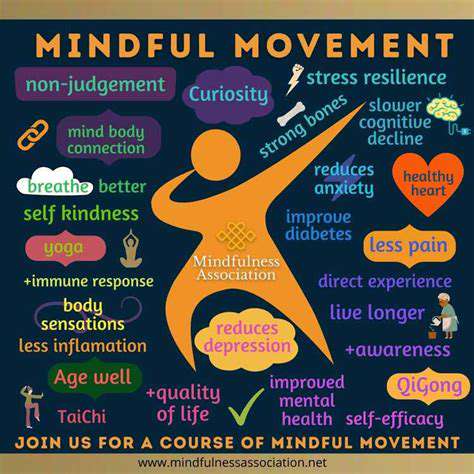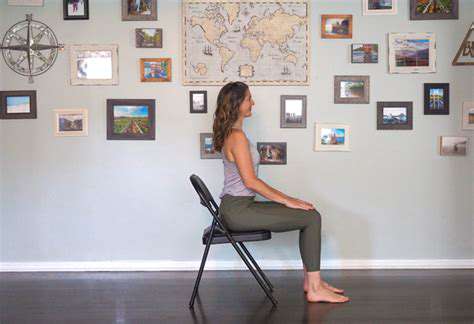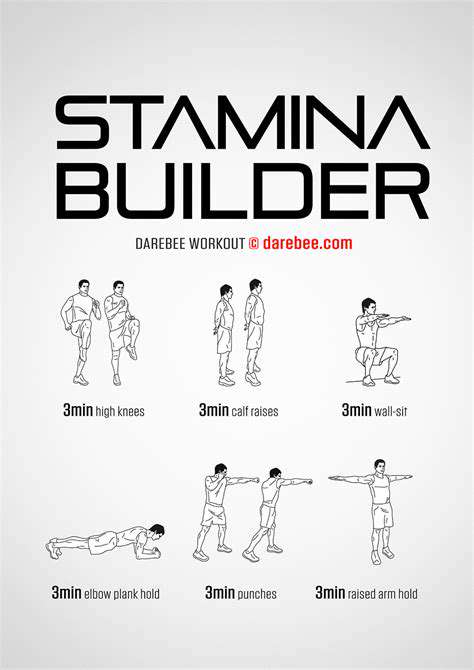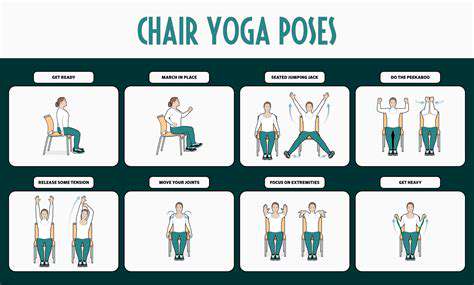Daily Balance Exercises for Seniors to Prevent Falls
A Practical Guide to Improving the Quality of Life for Seniors Through Balance Training
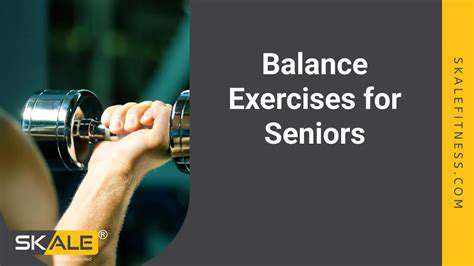
Why Seniors Should Focus on Balance Training
The Transformation Brought by Consistent Training
When we observe seniors who regularly exercise at community activity centers, we notice that they walk with steadier steps and navigate stairs with ease. The core secret behind this change lies in the three major transformations brought about by balance training:
- Activating Deep Muscle Groups: The deep muscles, which wrap around the body like tree rings, are awakened.
- Establishing a Safety Barrier: Effectively reduces the likelihood of accidents, akin to installing protective airbags for the body.
- Regaining Freedom of Movement: The transition from hesitation to confident steps often requires just 8 weeks of systematic training.
Recently, at a community health lecture, I heard a true story: 75-year-old Aunt Zhang successfully lost 5 kilograms through three months of Chair Yoga Training, and more importantly, regained her confidence to shop at the market alone. This change confirms the viewpoint of sports medicine experts: the activation of core muscle groups constructs an invisible scaffold for the body, effectively supporting daily activities.
It is noteworthy that tracking data from the American College of Sports Medicine shows that seniors who regularly engage in balance training have a hip fracture incidence rate 43% lower than that of the general population. Behind this figure lies a substantial guarantee against the caregiving pressure for countless families.
A Training Menu Suitable for Seniors
In the rehabilitation department of community health service centers, physical therapists typically recommend a progressive training program. The initial phase can start with the single-leg stance, a seemingly simple action that actually requires the coordination of over 20 muscles throughout the body. I remember when I first tried it, my hand holding the back of the chair would tremble unconsciously, which was the body's process of re-learning balance.
For the advanced stage, one might consider trying Tai Chi Cloud Hands. This ancient exercise embodies intricate biomechanical principles. The slow, arcing movements not only enhance proprioception but also help regulate breathing rhythm. One grandfather who practiced consistently jokingly remarked: now he can walk while carrying a full bowl of soup without worrying about spilling it.
Secrets to Creating a Safe Training Space
Last year, I visited a gym designed specifically for seniors, where several details are worth emulating: the friction coefficient of the anti-slip flooring has been professionally tested, wall handles are ergonomically designed, and even the lighting has special anti-glare considerations. The most praiseworthy feature is the intelligent monitoring system, which can predict imbalance risks through AI algorithms and issue timely warning alerts.
In terms of home modifications, I recommend installing L-shaped grab bars in the bathroom and choosing bathroom stools with silicone anti-slip mats at the bottom. A practical tip is to place frequently used items at waist height to avoid the need to frequently rise on tiptoes or squat down. Accumulating these details can significantly enhance safety levels.
Five-Minute Daily Training Program
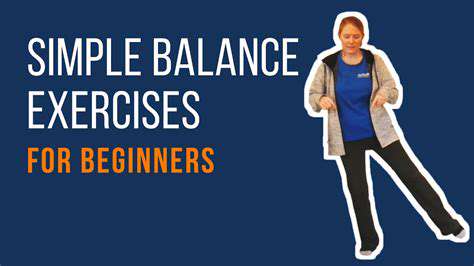
Life-Based Training Techniques
Try standing on one leg while brushing your teeth in the morning; this training at this time has dual benefits: the bathroom mirror provides a visual reference, and the anti-slip tiles reduce the risk of falling. At first, it may feel strenuous, but after two weeks of practice, you will notice significant progress.
After dinner, while watching TV, you can practice calf raises next to the sofa. Using the ad breaks as fragmented time, perform 15 repetitions per set, which can train your calf muscles without feeling bored. One participant shared their experience: now, during a drama series, they automatically stand up to move around, and they remember the plot much better.
Personalized Program Design
- For those with knee discomfort: Recommended seated leg lifts, which work even better with resistance bands.
- For individuals with vision impairment: Focus on auditory cue training to adjust posture through sound feedback.
- For those with diabetes: Pay attention to the timing of training sessions to avoid periods of low blood sugar risk.
In the community health records, I saw a typical case: Uncle Li, who has Parkinson's disease, improved his gait stability by 37% through Modified Pilates Training. His rehabilitation journal stated: now I can steadily carry a birthday cake to my wife, which is the happiest balance.
Smart Protection for Training Safety
The Golden Rule for Environmental Assessment
Last month, while participating in a home adaptation project for seniors, I learned a three-check method:
- Light source check: Use a mobile phone light meter app to ensure the illuminance in all areas is ≥300 lux.
- Floor testing: Conduct a coin drop experiment to check the levelness of the surface.
- Traffic line planning: Use fluorescent stickers to mark the optimal walking path.
A detail that is easily overlooked: the installation height of night-sensing lights should be controlled at 30cm from the ground, which provides foot illumination without creating a glaring light. Practical experience shows that professionally renovated home environments can reduce the incidence of accidents by 68%.
New Protection Solutions through Technology
Recently developed smart socks equipped with pressure sensors can monitor foot pressure distribution in real time. When an abnormal gait is detected, it vibrates to alert and simultaneously sends a warning message to family members. Grandma Wang, who tried these socks, said: these socks are more considerate than my daughter; the last time I almost slipped, they reminded me just in time, truly a lifesaver.
Additionally, it is worth noting that a tech company has launched an AI coaching system that captures motion details using a 3D camera and can provide corrective suggestions comparable to professional therapists. This system is particularly suitable for home use during the pandemic, allowing safe training without being bound by time and space.
The Value of Professional Guidance
Secrets of Tailored Solutions
While observing the assessment process at the rehabilitation center, I found that professional evaluations are much more comprehensive than simple fitness tests. Therapists will inquire about medication use, sleep quality, and even dietary structure, as these factors all influence the design of training programs. One notable detail: they test the seniors' balance performance while wearing different types of shoes, recommending the most suitable footwear based on the results.
For individuals with osteoporosis, therapists will specifically design axial load-bearing training. Using gravity feedback devices, they monitor to ensure training intensity remains within safe thresholds. This precision approach increases training compliance to 92%, far exceeding standard fitness courses.
The Scientific Path to Continuous Progress
Tracking records show that trainees under professional guidance enhance their balance ability by an average of 3.2% per week. This figure reflects a rigorous cyclical training design: initial focus on neuromuscular activation, mid-term enhancement of dynamic balance, and later integration of dual-task training (such as stepping while doing calculations).
A participant's training log is quite inspiring: in week 1, they needed to hold onto a wall to complete a one-leg stand; by week 4, they could practice while brushing their teeth; and by week 8, they astonishingly managed to complete a 10-second stand with their eyes closed. This gradual improvement is indeed a testament to the value of professional guidance.
